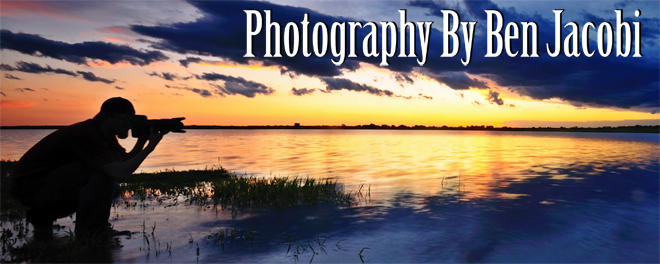The answer? A mess!
Last night I was not able to fall asleep. I tried counting sheep, counting backwards from 500--nothing. An image kept playing through my mind. The image was of a droplet of milk hitting a spoon and exploding in a crown shape. Since I couldn't fall asleep I got out my notebook and drew the layout to my envisioned image. After I completed I thought to myself "Hmm...This looks very possible. And after all, I don't have to work tomorrow. I could do this!" So at 4:13 am I got up set up for my shot and started making a mess. For this series I used two Nikon SB 600 flashes. The first was placed to the camera's left and pointed down at the spoon. The second was used to illuminate the background. For this I wanted a small angle of light. So I rolled up a paper plate and made a snoot. Both flashes were set at 1/16th power with an exposure of 1/30th, f/11, ISO: 200. It was a fun series to do and got my creative juices going. Here's to more insomnia!
-Ben
 A paper plate, a pair of scissors, and some rubber bands. Voila impromptu snoot for the flash.
A paper plate, a pair of scissors, and some rubber bands. Voila impromptu snoot for the flash. Now at 1/30th, f/11, ISO:200 my cameras meter was indicating a -4 stops underexposure (see above image). And you may be thinking to yourself, "1/30th of a second isn't fast enough to stop a milk drop." Well, you're right. That's why we use the flash as our shutter speed. At full power (1/1) the flash will last about 1/1000th of a second. This is still a little too slow for splashing milk, but at 1/16th power its more like 1/10000th of a second! Now we're talking! However, 1/16th power does decrease the flash output so you have to compensate, in this case I moved the flash closer.
Now at 1/30th, f/11, ISO:200 my cameras meter was indicating a -4 stops underexposure (see above image). And you may be thinking to yourself, "1/30th of a second isn't fast enough to stop a milk drop." Well, you're right. That's why we use the flash as our shutter speed. At full power (1/1) the flash will last about 1/1000th of a second. This is still a little too slow for splashing milk, but at 1/16th power its more like 1/10000th of a second! Now we're talking! However, 1/16th power does decrease the flash output so you have to compensate, in this case I moved the flash closer. OK, so now were at 1/10000th of a second as a shutter speed, now its time to get the timing down. In this case its too soon.
OK, so now were at 1/10000th of a second as a shutter speed, now its time to get the timing down. In this case its too soon. A little better, but the timing was too late.
A little better, but the timing was too late. That's more like it! Its all in the timing.
That's more like it! Its all in the timing. I love this one. The timing and action is excellent!
I love this one. The timing and action is excellent!
Splash!
 I was doing pretty well for a while, but I was curious to see what would happen if I dropped the milk from a greater height?
I was doing pretty well for a while, but I was curious to see what would happen if I dropped the milk from a greater height? A bigger splash!
A bigger splash!  If I get the milk to hit just right this is what happens. This was my personal favorite of the series.
If I get the milk to hit just right this is what happens. This was my personal favorite of the series.










































